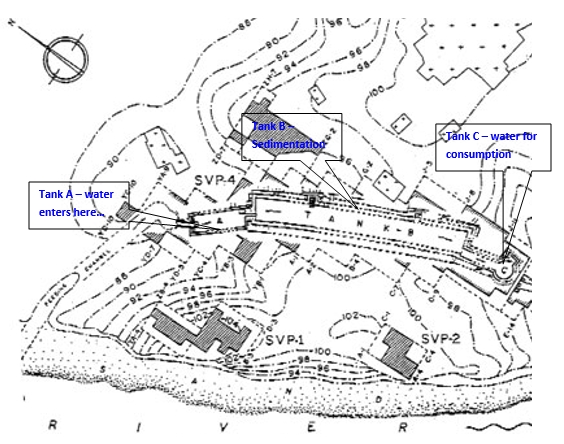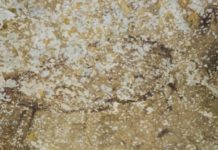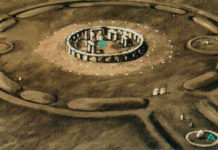The search of life takes us through various epics – Ramayana is one of them. There are increasing views that suggest the epic really happened. Shringverpur is one such place in India that has links with Ramayana. It is infact the archaeological site. It is situated on the bank of river Ganga, westward from Allahabad.
The main archeological site is that of a huge pond made of bricks which belongs to the Kushan period. In the epic it is stated that Lord Rama stayed here overnight on his way to the forest. It is also believed that Nishadraj washed the feet of Lord Ram and helped him across the Ganga.

Archaeologists believe that that the pond was constructed to serve as a filter. Apart from these tanks potteries of clay and bronze, few figurines, coins etc were found during excavation.
Mechanism of Shringverpur’s Pond:
The pond has been partitioned into three small tanks tank A, B and C (as named by the archeological experts). The mechanism was simple. The water from the river was allowed to fill in tank A through a channel. After sometime it was transferred into tank B when the sedimentation process cleared the water to a considerable extent. Further sedimentation process in tank B filtered the river water and finally it was transferred to tank C to be consumed. Hydraulic engineers have found present day technique of horizontal ramping, vertical ramping in this pond. The capacity of the pond is of massive 0.65M Ltrs. Additionally to utilize the excess water during monsoon, the wells were dug in the pond.
When most of us are facing water scarcity today, the provisions made at Shringverpur dated 2nd century BC. Are really a mystery. Imagine 2nd century BC with such an advance water conservation pond … is it not a new direction in search of life?



































